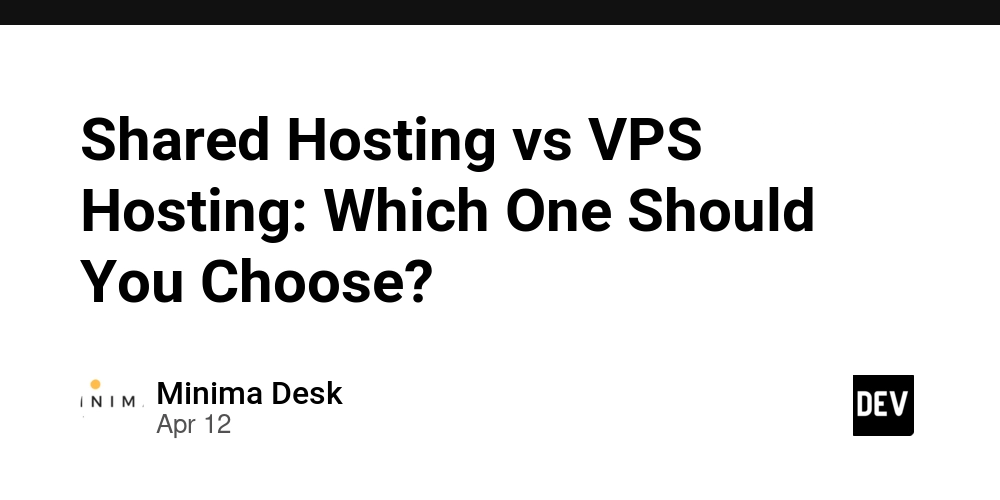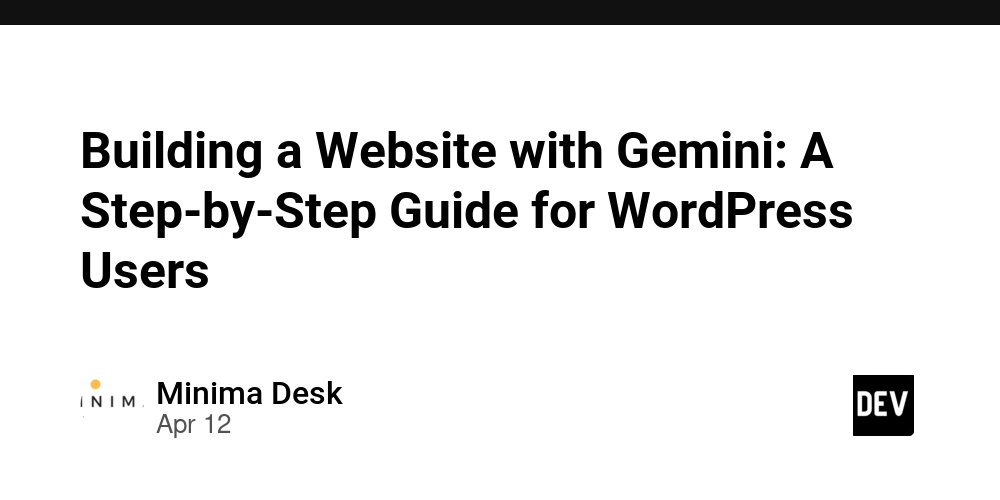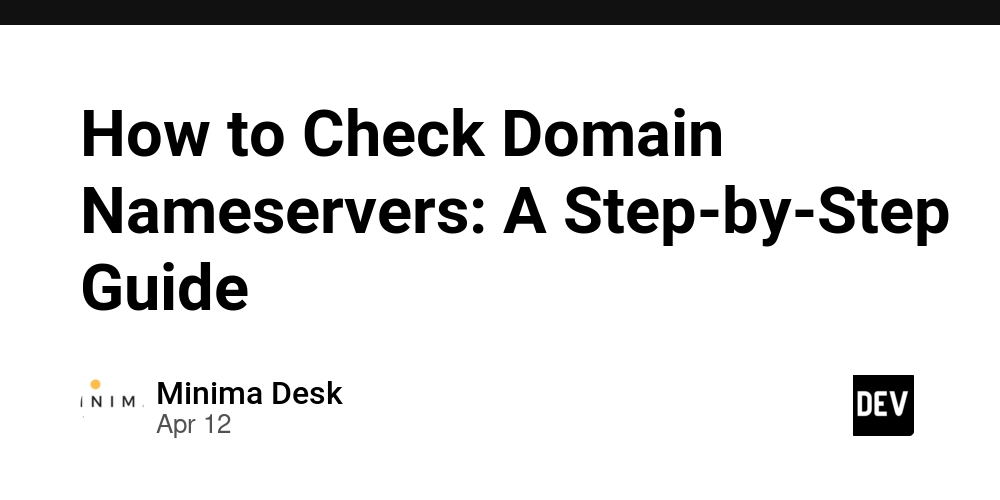How to Extend the Django User Model
If you're working with Django and building anything that involves user accounts – like a blog, a store, or a membership site – you’ll likely hit a point where the default user model just isn’t enough. Maybe you want to add a profile picture, a phone ...

If you're working with Django and building anything that involves user accounts – like a blog, a store, or a membership site – you’ll likely hit a point where the default user model just isn’t enough.
Maybe you want to add a profile picture, a phone number, or extra permissions.
The thing is, extending the Django user model can feel confusing at first. It sounds technical, and the internet is full of advice that either skips important details or gets way too complex.
I’ve been there too.
So, in this guide, I’m going to walk you through how to properly extend the Django user model, step-by-step, without adding unnecessary stress to your project.
I’ll show you which method to use, when to use it, and how to avoid common mistakes that could cause problems later.
Let’s break it all down.
What Is a User Model In Django?
Django, a popular Python web framework, comes with a built-in user model that handles authentication and authorization.
The user model is essentially a database table and corresponding Python class that stores core information about the users of your application, like usernames, passwords, email addresses, and other essential details.
Because many projects require additional user data or behaviors, extending or updating the user model can be very useful.
In many applications, you might want to add extra fields to capture more details about your users. For example, you may need to add:
A profile picture to display an avatar for each user.
A phone number for contact or multi-factor authentication purposes.
A bio or short description
Extra permissions or attributes that aren't covered by Django's default fields, allowing your application to control access or personalize content more effectively.
You also might want to do things like track user preferences and roles. Or you might be using an email as a username and want to customize the login behavior.
These modifications are significant because they go beyond the default capabilities of Django’s built-in user model. And trying to squeeze this extra info into the built-in user model without doing it properly can cause bugs or break your database migrations. Luckily, Django gives us a few clean ways to do it.
By extending the model, you ensure that all parts of your system – forms, views, authentication backends, and administrative interfaces – have the additional data they need to manage users properly.
Without such customizations, you might encounter limitations when trying to implement features that require extra user-related information.
Prerequisites
Before diving into extending the Django user model, you should have:
Basic knowledge of Django: Familiarity with Django’s project structure, models, views, and templates.
Understanding of Python: Since Django is a Python framework, a working knowledge of Python is necessary.
Experience with Django’s default user model: Knowing how Django handles authentication and user sessions provides a solid foundation for customizing the user model.
A development environment: Ensure you have a working Django installation, a code editor, and an appropriate database set up (for example, SQLite for development).
I’ll assume these prerequisites if you are comfortable with creating and running Django projects.
With these fundamentals in place, you’ll be better prepared to extend the user model effectively, whether you’re adding additional fields for profile pictures, phone numbers, or extra permissions.
Three Ways to Extend the User Model
There are three main approaches to extending the user model in Django:
1. Create a User Profile Model (One-to-One Relationship)
This is the easiest and safest option if your project is already using Django’s default user model and you don’t want to change it.
You create a new model that links to the user with a one-to-one field. Then, you store all the extra info in this profile model.
Example:
from django.contrib.auth.models import User
from django.db import models
class UserProfile(models.Model):
user = models.OneToOneField(User, on_delete=models.CASCADE)
phone_number = models.CharField(max_length=15)
profile_picture = models.ImageField(upload_to='profile_pics', null=True, blank=True)
You can connect the profile automatically using Django signals:
from django.db.models.signals import post_save
from django.dispatch import receiver
@receiver(post_save, sender=User)
def create_or_update_user_profile(sender, instance, created, **kwargs):
if created:
UserProfile.objects.create(user=instance)
else:
instance.userprofile.save()
This approach is best for projects that are already live or where you want to keep things simple.
2. Extend AbstractUser
This is the best option if you're starting a new project and want full control over the user model. You create your custom user model by subclassing AbstractUser.
This lets you add extra fields directly into the user model without changing the core authentication behavior.
Example:
from django.contrib.auth.models import AbstractUser
from django.db import models
class CustomUser(AbstractUser):
phone_number = models.CharField(max_length=15, blank=True)
profile_picture = models.ImageField(upload_to='profile_pics', null=True, blank=True)
Then, in your settings:
AUTH_USER_MODEL = 'yourapp.CustomUser'
You must set AUTH_USER_MODEL before you run the first migration. Don’t skip this step, or you’ll run into migration errors later.
This approach is best for new projects where you want full flexibility.
3. Extend AbstractBaseUser
This is the most advanced option. You create your user model from scratch, even controlling how authentication works. It’s great if you need to use email instead of username or want to fully customize the login process.
But let me be honest: it’s also more work. You’ll need to set up your own manager and handle permissions manually.
This approach is best for projects with complex user requirements or custom login flows.
Which Method Should You Use?
If you already have a working project and just need to add a few extra fields, stick with the user profile model.
If you’re starting fresh and want to add custom fields from the beginning, go with AbstractUser.
Only use AbstractBaseUser if you need total control.
Common Mistakes to Avoid
Changing
AUTH_USER_MODELafter running migrations (this breaks your database)Forgetting to set
AUTH_USER_MODELinsettings.pyNot updating admin.py when using a custom user model (more on that in the next section)
Not creating a
CustomUserManagerwhen usingAbstractBaseUser
Making It Work With Django Admin
If you use AbstractUser, you’ll need to update your admin panel to recognize your custom user model.
Here’s a quick example:
from django.contrib import admin
from django.contrib.auth.admin import UserAdmin
from .models import CustomUser
class CustomUserAdmin(UserAdmin):
model = CustomUser
fieldsets = UserAdmin.fieldsets + (
(None, {'fields': ('phone_number', 'profile_picture')}),
)
admin.site.register(CustomUser, CustomUserAdmin)
This way, you’ll still get all the default admin features but with your custom fields added.
FAQs
Do I need to use AbstractBaseUser to use email as a username?
Not always. You can use AbstractUser and simply hide the username field if you want email login, but AbstractBaseUser it gives you full control if needed.
Can I switch to a custom user model after starting my project?
Technically, yes, but it’s very risky. You’d have to migrate all your data manually, which can be painful. If you can, plan for it from the start.
What happens if I forget to set AUTH_USER_MODEL?
Django will use the default User model, and changing it later can cause major problems with your database and migrations. So don’t forget!
Final Thoughts
Extending the Django user model might seem like a big deal at first, but once you know which method to use, it becomes just another part of your project setup.
Take a moment to think about your project needs before jumping in. Starting with the right approach will save you a ton of headaches later on.
So—how are you planning to extend your Django user model, and what fields do you need to add?










































































































































































![[The AI Show Episode 143]: ChatGPT Revenue Surge, New AGI Timelines, Amazon’s AI Agent, Claude for Education, Model Context Protocol & LLMs Pass the Turing Test](https://www.marketingaiinstitute.com/hubfs/ep%20143%20cover.png)





























































































































![From Accountant to Data Engineer with Alyson La [Podcast #168]](https://cdn.hashnode.com/res/hashnode/image/upload/v1744420903260/fae4b593-d653-41eb-b70b-031591aa2f35.png?#)




































































































.png?#)













































































































































![Apple Watch SE 2 On Sale for Just $169.97 [Deal]](https://www.iclarified.com/images/news/96996/96996/96996-640.jpg)

![Apple Posts Full First Episode of 'Your Friends & Neighbors' on YouTube [Video]](https://www.iclarified.com/images/news/96990/96990/96990-640.jpg)































































































































![Learn fewer skills but go deeper - the Caleb Curry interview [Podcast #163]](https://cdn.hashnode.com/res/hashnode/image/upload/v1741377315559/585b915d-2390-45a7-9f4a-171dc134af5d.png?#)
